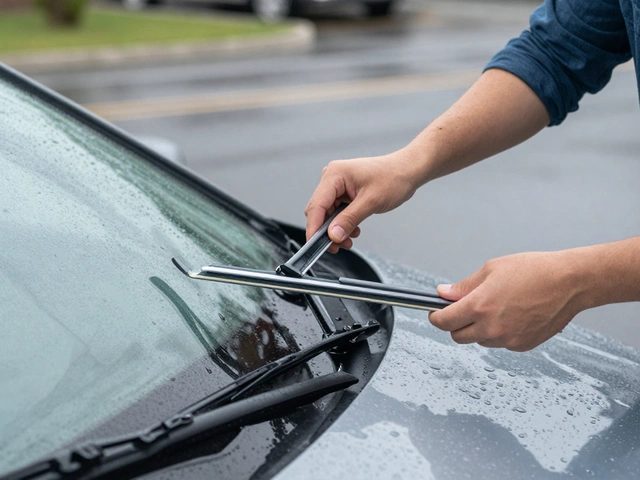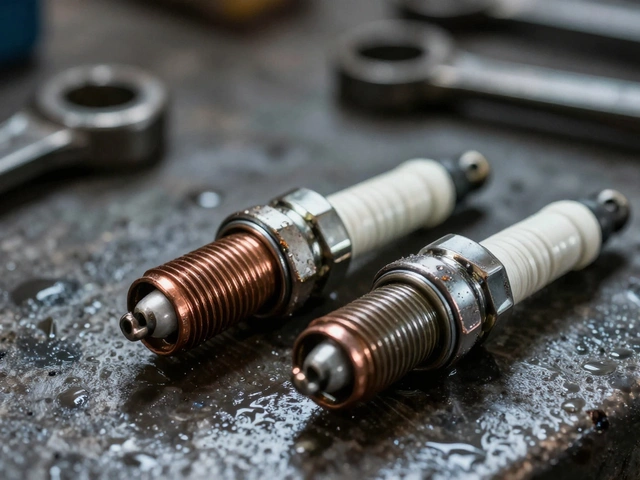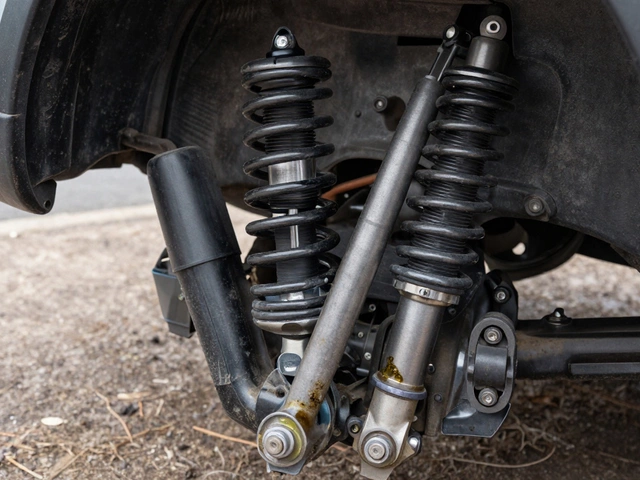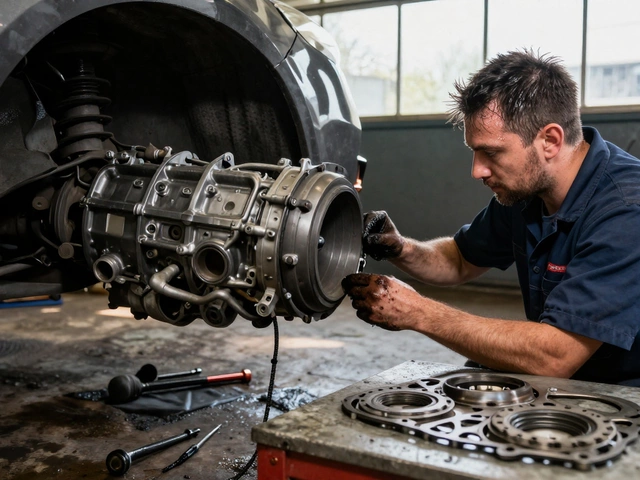Car Suspension Tips: Signs, Fixes, and What You Need to Know
When your car suspension, the system that connects your wheels to the chassis and absorbs road bumps. Also known as vehicle suspension, it keeps your tires on the road, your passengers comfortable, and your steering responsive. starts to fail, you don’t just feel every pothole—you lose control. A worn suspension doesn’t just make your ride bumpy. It makes braking longer, turning riskier, and tires wear out faster. And yes, it can even hurt your engine over time, as shown in posts about how suspension damage impacts engine health.
Most people think suspension problems mean noisy shocks, but that’s just the tip. The real red flags are your car diving forward when you brake, swaying on corners, or bouncing after hitting a speed bump. If your tires show uneven wear—like bald patches on one side—you’re not just due for a rotation. You’re likely dealing with bad shocks, worn components that fail to dampen road impacts. These aren’t just comfort issues. Driving with bad shocks for too long reduces tire grip, increases stopping distance, and can cause you to lose control on wet roads. And if you’ve noticed your car leaning more than usual when turning, that’s often a sign of failing suspension diagnostics, the process of identifying worn springs, bushings, or control arms needed before things get worse.
You don’t need a garage to spot early warning signs. Do the bounce test: push down hard on each corner of your car. If it bounces more than once or twice, your shocks are worn. Check for oil leaks on the shock body—that’s a clear sign they’re done. Listen for clunks or rattles over bumps. These aren’t just noises. They’re your car telling you something’s loose or broken inside the suspension system. And if your alignment keeps going off after a simple tweak, it’s not the wheels—it’s the suspension parts holding them in place.
Fixing suspension isn’t always about replacing everything. Sometimes it’s just a worn bushing or a loose bolt. But if your shocks are gone, don’t wait. A $200 repair now can save you $1,200 in tire replacement later. And if you’re unsure, the posts below show exactly how to test your suspension at home, spot the hidden damage, and decide when to DIY or call a pro. You’ll find real-world checks, cost comparisons, and what actually happens when you ignore the signs. This isn’t theory. It’s what drivers in Stevenage and beyond have learned the hard way—and how to avoid it.





